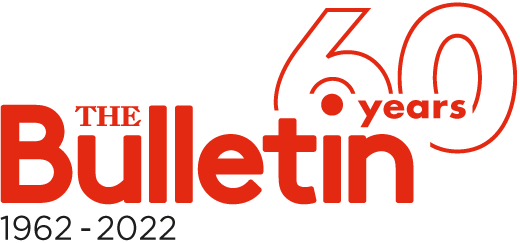- Daily & Weekly newsletters
- Buy & download The Bulletin
- Comment on our articles
Brussels weighs options for future of Metro 3
Brussels public transport operator Stib has presented the region's caretaker government with six possible scenarios for the future of metro line 3 - from completely realising the works as planned, to pausing them or scrapping them altogether.
The 65-page technical report, leaked to RTBF and Bruzz, was commissioned by the outgoing Brussels government.
With no fully-fledged new government to make decisions for the time being, Stib was asked to analyse possible ways forward.
In the first scenario, metro line 3 will be fully completed from Albert in Forest to Bordet in Evere. It will mean an additional investment of €3.65 billion from 2026 onwards, with the Brussels region responsible for financing the entire metro infrastructure.
The second scenario is the same as the first, but with the money coming from a public-private partnership. This means that an external partner will finance the metro works, and the region will repay the amount over 30 years.
The extra cost - on top of what has already been spent - then amounts to more than €7 billion. Although the metro infrastructure remains identical to that of the first scenario, this scenario is more expensive, due to costs associated with long-term repayment to a private partner.
In a third, slimmed-down, scenario, only the existing pre-metro route between Albert and Brussels-North will be converted into a metro. The extension to Bordet will be completely scrapped. The additional cost here is estimated at €1 billion.
According to the Stib report, this route is technically possible, but operationally far from ideal.
For example, there is no depot for trains on this limited route, which means that metro trains would have to come from depots elsewhere on the metro network, such as Delta, Erasmus or Gare de l'Ouest. This would mean reducing the frequency on existing metro lines, and in the event of a breakdown, the entire line would come to a standstill.
The fourth scenario is a 10-year pause. During that break, nothing would be done, and all sites and infrastructure would remain untouched. The additional cost is estimated at €3.85 billion. In the meantime, the existing tram connection on the north-south axis would remain overloaded.
Stib recommends the fifth scenario as a feasible compromise. In this phased approach, the infrastructure between Albert and Brussels-North will be completed, but not yet used as a metro. Instead, extra trams would use the new tunnel and the new Toots Thielemans station, increasing capacity on the line.
The metro would then only be introduced later: for the Albert-Nord route from 2039, and for Bordet-Nord from 2046 at the earliest. The cost of this plan is estimated at €3.81 billion.
Although this proposal may be more expensive in the long run than the first, it is politically more attractive for the Brussels government in the short term. A memorandum from the region states that scenario 5 would cost €388 million over the next three years, while the first scenario would require €598 million in the same period.
Scenario 5 enables payments to be spread over time, although it postpones the implementation of metro line 3 significantly, as the full metro would not enter service until 2046. The first scenario is currently aimed at 2040.
A final scenario is a complete shutdown. Current works would be completed, the contracts then terminated and the surrounding environment restored. This would cost an additional €224 million, as contractors would still need to be paid. Together with the €546 million that has already been invested, the total cost of discontinuing the metro project would be almost €800 million.
The decision about metro line 3 cannot be delayed for long. An important junction is the tunnel under the Palais du Midi. That tunnel is essential for the metro line, but can only be built if part of the building is demolished.
By the end of August, a court is expected to rule whether this iconic building, housing countless shops, organisations and sports facilities, will become protected heritage. Otherwise, the planned demolition will continue. And once that happens, some cheaper scenarios would become impossible, such as stopping the project or postponing building the tunnel.
To stop everything, a decision will have to be taken before the end of the summer. From September, Stib is due to start dismantling the Palais du Midi so that it can start digging underneath. And if this (very costly) part of the site begins, it will be very difficult to go back.


















